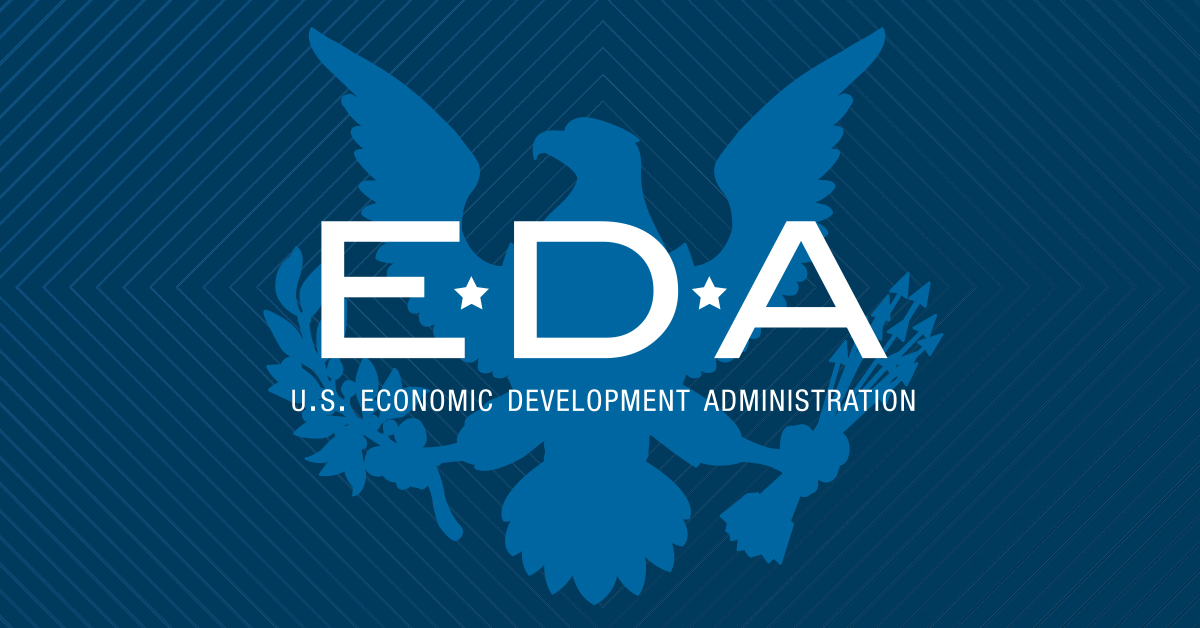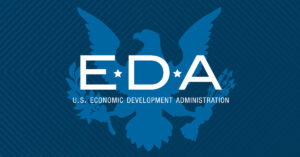WASHINGTON – The University of North Dakota in Grand Forks is set to receive a significant financial boost from the U.S. Department of Commerce, as Secretary Gina Raimondo announced a $1.3 million grant aimed at enhancing the healthcare workforce in the area.
This funding will facilitate the acquisition of a van and necessary equipment to broaden the scope of the University’s medical training program. The Economic Development Administration (EDA) investment will be supplemented with $328,500 from local sources.
“The Biden-Harris Administration’s Investing in America Agenda is committed to providing workers with the skills they need for jobs in America’s most in-demand industries,” stated Secretary of Commerce Gina Raimondo. “This project will enhance the capacity of professionals and students in Grand Forks to respond to and provide emergency medical services especially during natural disasters.”
Acting Assistant Secretary of Commerce for Economic Development Cristina Killingsworth remarked, “EDA plays an important role in supporting locally driven disaster recovery and resiliency plans. This EDA investment will help bolster workforce training in essential healthcare jobs and boost regional economic resilience.”
Senator Kevin Cramer expressed, “The University of North Dakota is essential to training medical professionals in the region. At a time of limited supply and growing demand for more technicians, nurses, and physicians, these funds will support workforce development efforts in the state, both now and in the future. I’m glad this project secured assistance to enhance training opportunities for the essential jobs in medical care.”
This initiative is funded through the Disaster Relief Supplemental Appropriations Act, 2023, which allocated an additional $483 million to the EDA’s Economic Adjustment Assistance (EAA) Program for disaster relief and recovery in regions that experienced significant disaster declarations under the Robert T. Stafford Act due to events like Hurricanes Ian and Fiona, wildfires, and flooding in 2021 and 2022. More details are available on the EDA’s Disaster Supplemental webpage.





